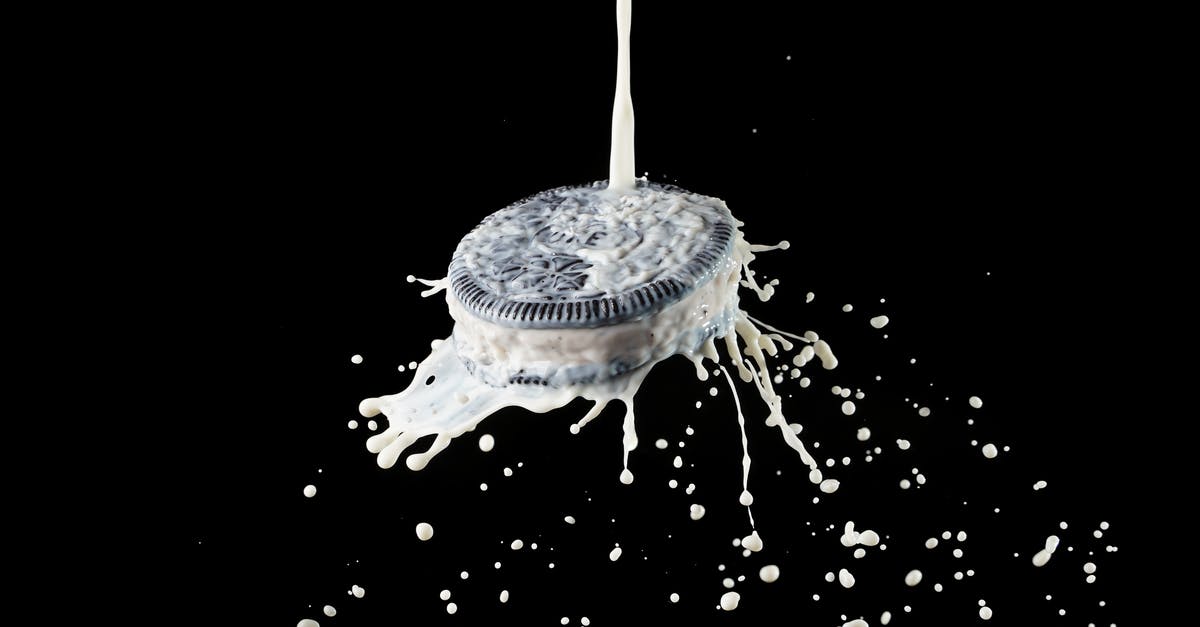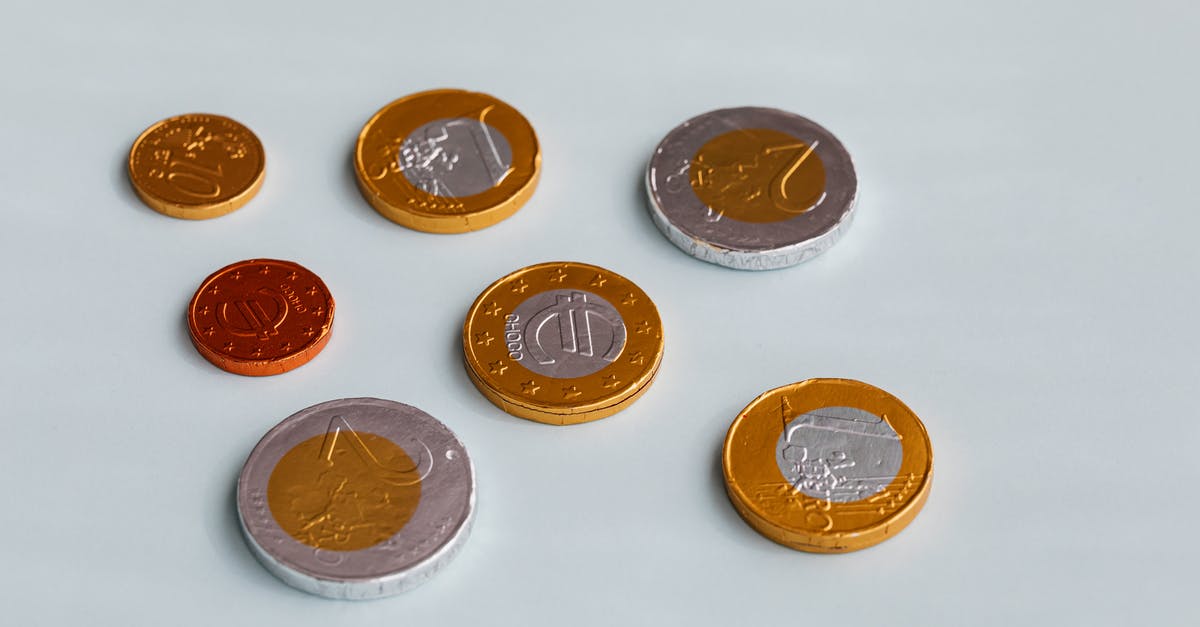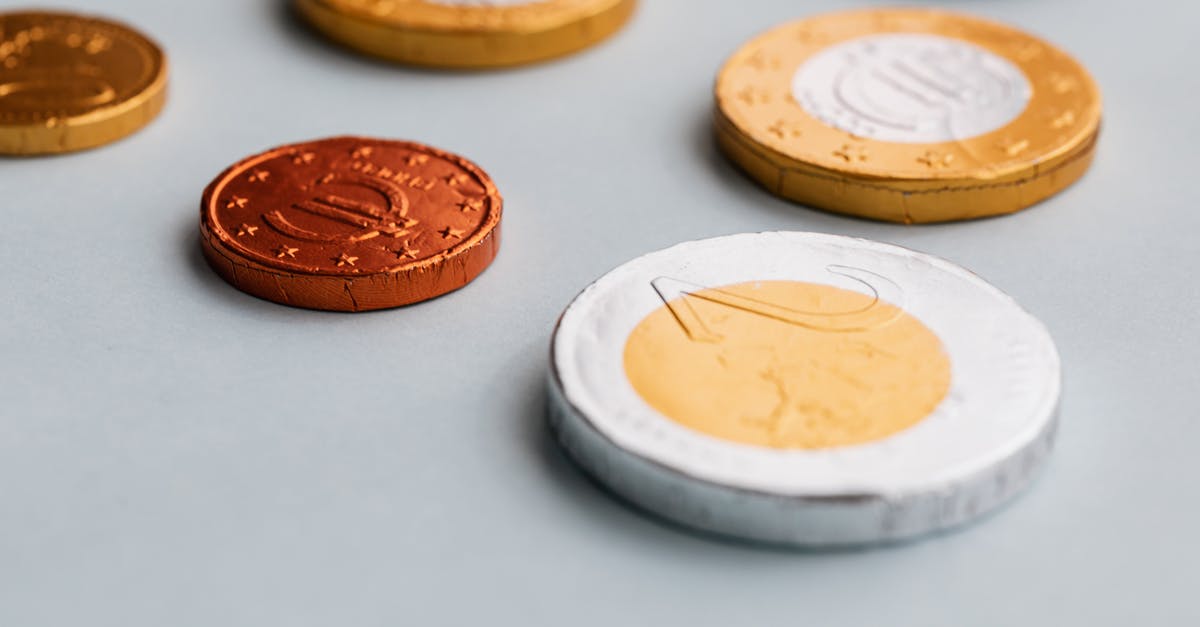Why does milk and white chocolate have different tempering temperatures?

So my understanding is that to temper chocolate, it requires manipulating the heat to form the ideal crystal structure (i.e., beta V) that has the ideal properties for chocolate. These temperatures are different depending on the type of chocolate. Why would that be the case?
I understand that milk and white chocolate contain different ratios of cocoa solids, cocoa butter, milk fats, milk proteins and sugar, but how do they affect the required temperatures for a successful temperature.
Many articles explain that the tempering process allows ideal crystals to form and undesired crystals to "melt away". However my understanding of melting points is that the melting point of matter stays the same regardless of whatever it is mixed with. So if we heat dark chocolate back up to 31-32°C to "melt away" type I-IV crystals but keep the type V crystals, how does having a different composition require milk or white to melt away the undesired types at different temperatures?
Best Answer
When it comes to thermodynamics, you always have to consider the whole mixture, not its components separately.
This is true of everything, not just chocolate. Mixtures behave in their own way - not entirely independent of their components, but the interactions within them are complex enough that you need some serious chemistry to start predicting melting or boiling points of simple mixtures (e.g. the boiling point of a mixture of known proportions of two liquids, as long as they behave close enough to an ideal liquid). For something as complex as chocolate? Forget it. Just go in and make empirical measurements.
And why does nature behave so? Imagine the solid chocolate as a quilt. All the components have to fit exactly together to make the pattern. But there is no quilter to assemble the pieces; they float around, bump into each other and, if the conditions are right, the bumped sides stick together. Then other pieces start fitting into the already-combined mini-lumps, and they have to be the right pieces too - in a quilt, you cannot fit a hexagonal element into a space with 90° angles. This is why chocolate tempering is easier when "seeded" with tempered chocolate - you already have the first crystals onto which the new molecules have to latch in the right pattern, while without seeding, you have to rely on providing the conditions under which the spontaneously formed initial crystals are mostly of the form you want.
In this model, milk chocolate and white chocolate will have different "quilt patterns", so they will need different conditions for the sticking-together (crystal growth) to happen. And temperature is one of the most important conditions in melting/solidifying, so it is no wonder that you need a different temperature for the two.
Pictures about "Why does milk and white chocolate have different tempering temperatures?"



What is the tempering temperature for white chocolate?
Tempering dark, milk or white chocolate For dark chocolate, melting temperature is 50 \u2013 55C and the tempered temperature is 31 \u2013 32C. For milk it's 45 \u2013 50C when melting and 30 \u2013 31C for the tempered chocolate. For white melting it's 45 \u2013 50C and 29 \u2013 30C.What is the working temperature for milk and white chocolate?
The temperature chart For example, dark chocolate should be melted between 120 and 130\xb0F (50\xb0C and 55\xb0C), while milk and white chocolate should melt at around 105-115\xb0F (40-45\xb0C).Does white chocolate have a higher melting point than milk chocolate?
A general rule in melting chocolate: The lighter the chocolate the lower the melting point. White and Milk chocolate melt at about 86-90\xb0F. You should never heat above 110\xb0F or you risk burning the chocolate. Dark chocolate on the other hand, has a melting point of about 90-96\xb0F, and can be heated to 115\xb0F safely.What temperature should milk chocolate be tempered?
Be sure that the pieces are completely melted before adding more. The chocolate will thicken and become cool, shiny, and smooth as you continue stirring and \u201cseeding\u201d it by adding additional small amounts. When it has reached the range 84-91\xb0F, the chocolate will be tempered and ready to work with.Tempering Chocolate
More answers regarding why does milk and white chocolate have different tempering temperatures?
Answer 2
Tempering chocolate, like many physical and chemical processes, is less about making one result possible and others impossible, and more about making certain results more likely than others in such a way that, over the enormous number of particles involved, the desired outcome dominates. You never get 100% formation of type V crystals, you just get enough that the type V crystals become the majority of the 'seed' crystals that then provide scaffolding for more type V crystals to grow on themselves as the chocolate cools further.
I don't know specifically how the absence of cocoa solids affects cocoa butter crystal formation in white chocolate, but chemically speaking, it's not unusual for a different environment to result in favourable conditions for different kinds of crystals, or for those favourable conditions to change differently with temperature relative to the original environment. Perhaps the carbohydrates that make up a large portion of the cocoa solids provide their own nucleation sites, or they inhibit the formation of certain types of crystals by getting in the way physically.
Answer 3
It's because white "chocolate" is not actually chocolate and does not contain any cocoa solids. It's not simply a different ratio of ingredients like milk and dark chocolate are.
Sources: Stack Exchange - This article follows the attribution requirements of Stack Exchange and is licensed under CC BY-SA 3.0.
Images: Vilnis Husko, Karolina Grabowska, Karolina Grabowska, Karolina Grabowska
